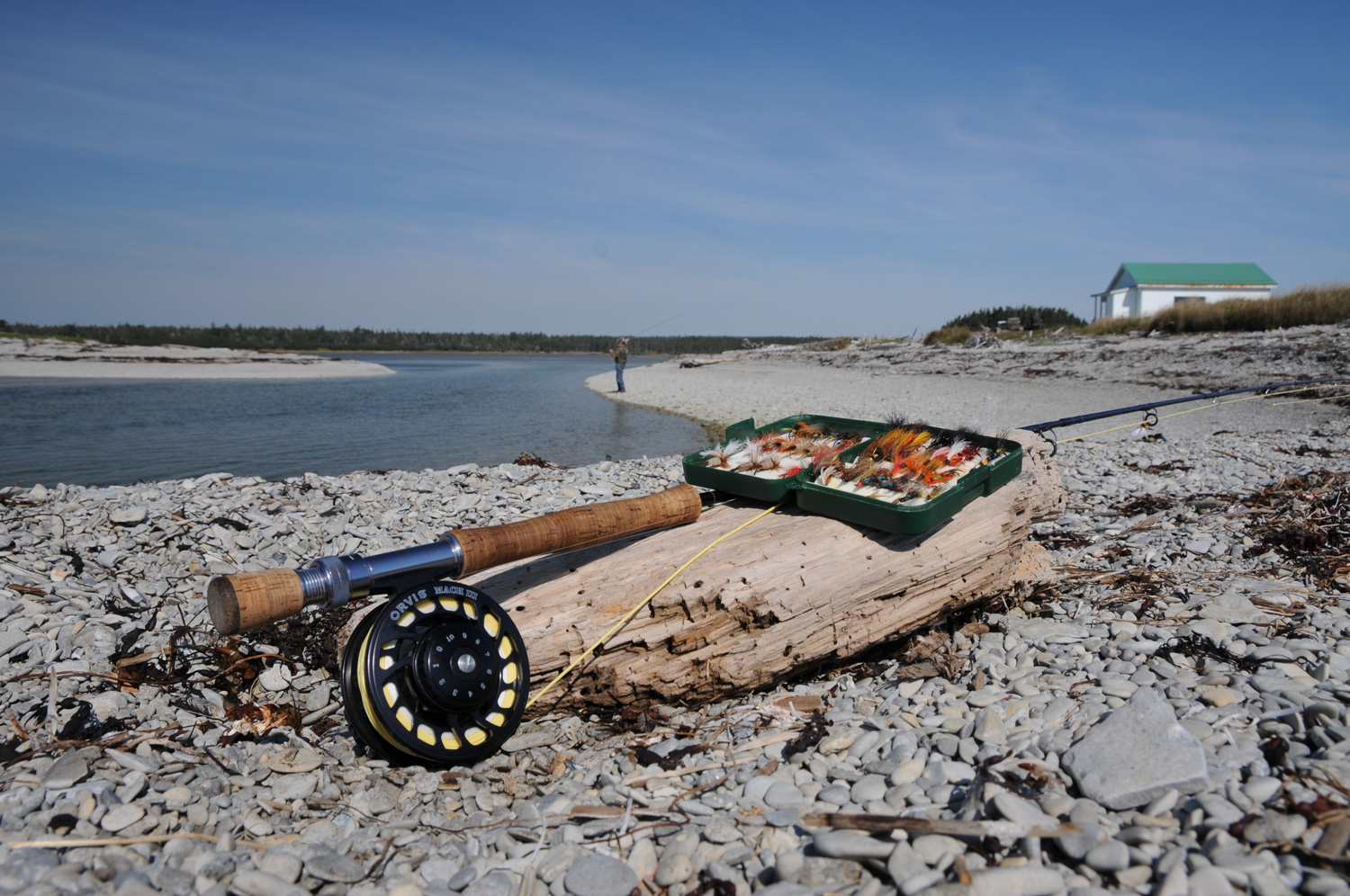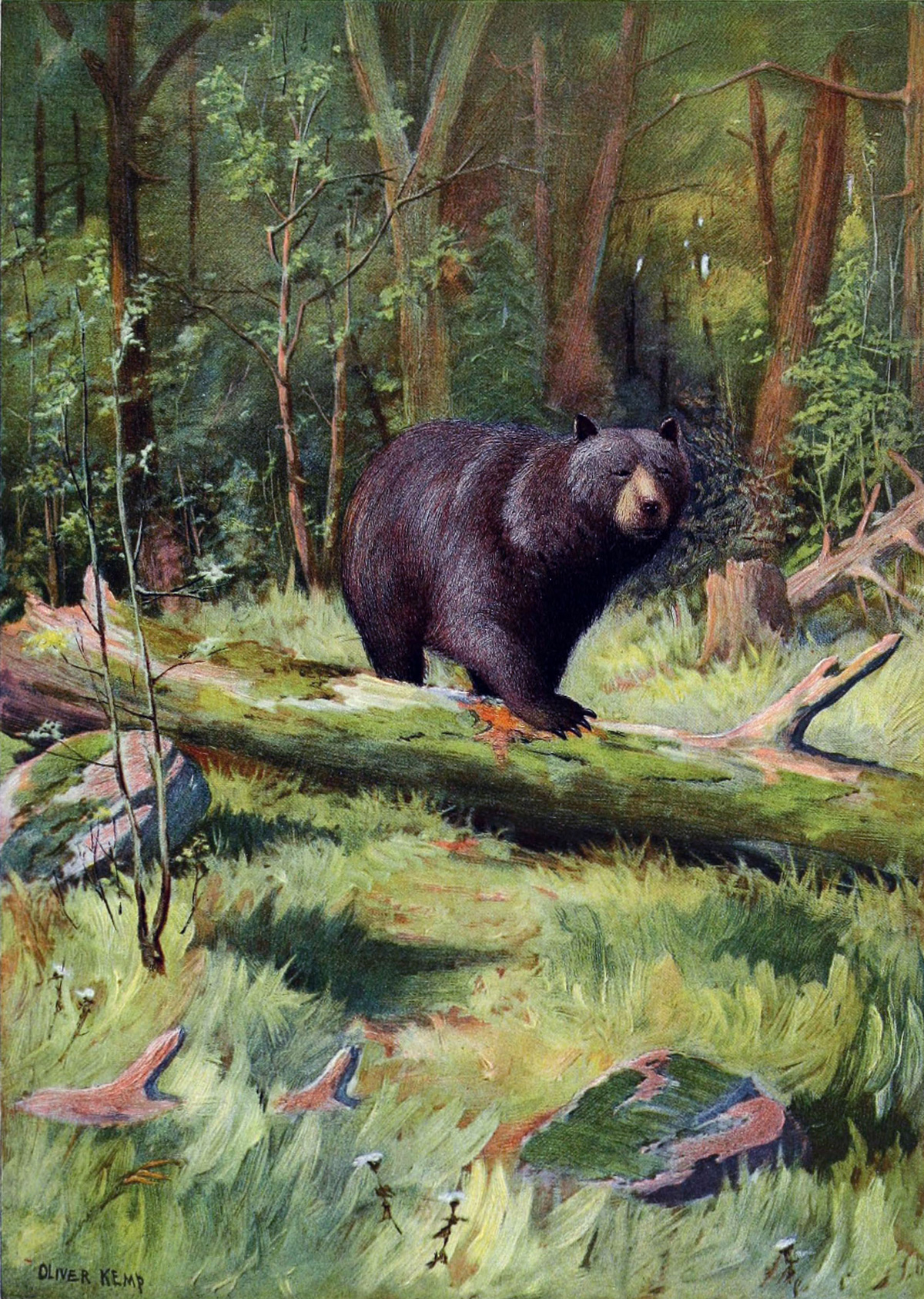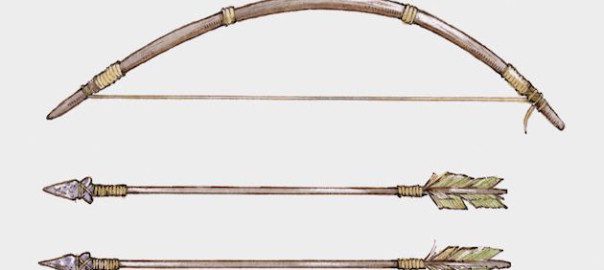After receiving a crash course in how to age whitetail deer from Oak Creek Whitetail Ranch owner Donald Hill, I decided to ask about deer nutrition. Afterall, any ranch that currently holds records for 33 of the top 35 Typical and 30 of the top 35 Non-Typical Midwestern Estate Whitetail Deer must know a thing or two about how deer grow best and what they need to do so.
Here’s what I learned in talking to Mr. Hill.
Deer Nutrition and Stress.
Does what a deer eat affect how it tastes?
“Absolutely,” Hill excitedly exclaims. “But stress is probably a bigger factor. The less stress an animal has on it, the better it’s going to taste. And what I mean by stress, I mean all the things deer have to deal with. Things like finding food. If deer have to travel [to find food], if they have to move out of their local area [to find food], that puts stress on them. They’re having to compete with other deer, they have to sneak around, they have to expend energy. Also, if they don’t have any predator stress they taste better. It’s all combined.”
Fat
Very little thought is given to fat in terms of deer but they do need it from a nutritional standpoint.
And probably a lot more than we think.
“We’re experimenting with fat levels,” Hill explains. “Deer need around 800 to 900 calories a day. Right now, we’re providing our deer about six to eight percent fat in their overall nutrition. But we’re bumping that fat level up slowly but surely just to see how much they can handle. So far, they really seem to be thriving. That fat gives them energy. And, I believe that putting fat on a deer is the most important thing there is to growing big antlers.”

Acorns
Nothing’s going to compete with acorns,” Hill swears. “Acorns are the deer’s’ favorite food. I don’t care if you’ve got corn…anything. Acorns are like candy to deer and no foot plot, protein feed or corn feeder will pull them off a plentiful acorn crop. Fortunately, acorns are a good food source for them to eat. They offer a lot nutritionally.”
Corn
Corn has long been a four-letter word in terms of deer nutrition but Hill says it’s time to reconsider that.
“Okay, back in school, when I was younger, everybody was saying corn doesn’t do anything for deer. I’m finding out now that corn is a huge energy source and that corn actually does help deer get through the winters and the summers and it boosts that energy level up to where they need it. Corn is actually a good thing and the more corn you can get to deer, the better. And, deer absolutely love it.”
Protein
Most hunters believe that protein is what grows huge antlers.
And while protein is important in the overall scheme of deer nutrition, it’s certainly not the most important.
Overall nutrition is.
“We don’t run high protein,” Hill admits. “Maybe 14 percent. It’s like a person going on the high protein diets, you’re going to lose weight on that high protein. Deer are the same way. If you pump a lot of protein into them and not much of anything else, then they’re not going to put fat on. And, again, I believe that putting fat on a deer is the most important thing there is to growing big antlers. So, deer have to have a balanced diet. Deer have got to have 14 percent protein. Deer have got to have fats.”
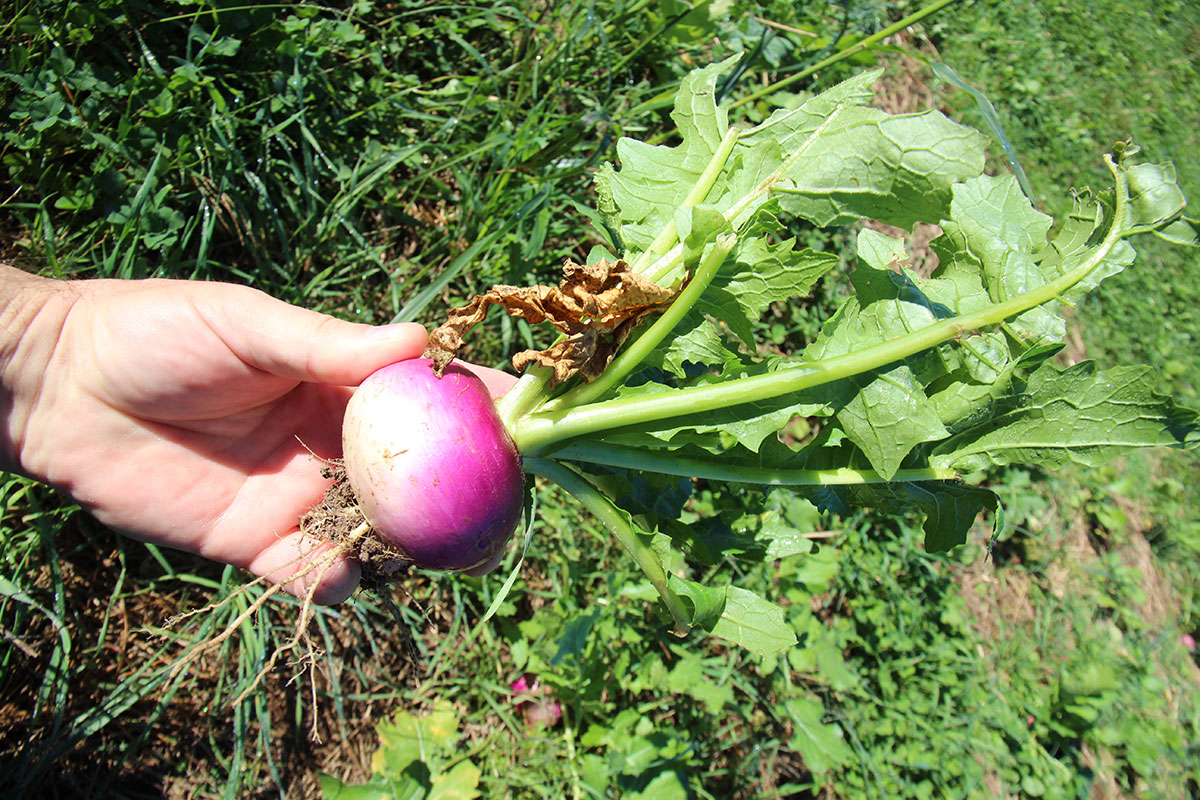
Food Plots
“We plant a little bit of everything,” Hill says. “Clover’s one our biggest though. I really like that Kopu II or Whitetail Institute clover. I’ll either mix a little bit of wheat or winter rye or I let it stand by itself. It just depends on the situation. And then I’ll make some other food plots that are either wheat or winter rye, mixed in with turnips or even beets. Summertime plots we do the beans. Soybeans or any kind of a bean or some sort of soybean plot. The only problem with beans is that you got to have a big enough plot so the deer won’t eat them down before they get to maturity. The average guy is going to have a hard time planting beans in the summertime unless he’s got a 20 to 40-acres.”

One Thing
Hill is often asked by hunters, “What’s the one thing I can plant to improve the quality of my deer?”
His answer…
“I would put some clover then I would also plant some winter wheat on it and keep it mowed, keep it mowed down really good. That’s going to give them a longer eating period than anything else out there. It’s going to die down in the very hottest summer and then it’ll die down in the real cold in the winter. Other than that, you’ve got a food source, just about year-round.”
To Review
Nothing grows huge antlers like a healthy deer and to grow a healthy deer it needs easy access to the right kind of food and little stress. Protein is important as is fat, but both of these elements must be part of an overall balanced diet.
Author Gayne C. Young has contributed to Sporting Classics for more than 20 years. He is the author of And Monkeys Threw Crap At Me: Adventures in Hunting, Fishing, and Writing, Texas Safari: The Game Hunters Guide To Texas, Sumatra, The Tunnel, Bug Hunt, Teddy Roosevelt: Sasquatch Hunter, Vikings: The Bigfoot Saga, and more. In January 2011, Gayne C. Young became the first American outdoor writer to interview Russian Prime Minister, and former Russian President, Vladimir Putin. Visit Gayne at his Amazon page.
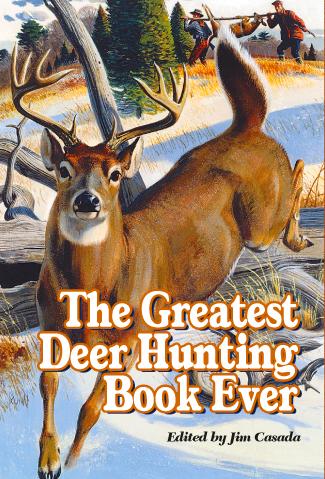 There’s something about the deer-hunting experience, indefinable yet undeniable, which lends itself to the telling of exciting tales. This book offers abundant examples of the manner in which the quest for whitetails extends beyond the field to the comfort of the fireside. It includes more than 40 sagas which stir the soul, tickle the funny bone, or transport the reader to scenes of grandeur and moments of glory.
There’s something about the deer-hunting experience, indefinable yet undeniable, which lends itself to the telling of exciting tales. This book offers abundant examples of the manner in which the quest for whitetails extends beyond the field to the comfort of the fireside. It includes more than 40 sagas which stir the soul, tickle the funny bone, or transport the reader to scenes of grandeur and moments of glory.
On these pages is a stellar lineup featuring some of the greatest names in American sporting letters. There’s Nobel and Pulitzer prize-winning William Faulkner, the incomparable Robert Ruark in company with his “Old Man,” Archibald Rutledge, perhaps our most prolific teller of whitetail tales, genial Gene Hill, legendary Jack O’Connor,Gordon MacQuarrie and many others.
Altogether, these carefully chosen selections from the finest writings of a panoply of sporting scribes open wide the door to reading wonder. As you read their works you’ll chuckle, feel a catch in your throat or a tear in your eye, and venture vicariously afield with men and women who instinctively know how to take readers to the setting of their story.
This is an anthology to sample and savor, perhaps one story at a time or in an extended session of armchair adventure. That’s a choice for each individual reader, but rest assured that on these 465 pages, there’s an abundance of opportunity to be enlightened and entertained. Buy Now


